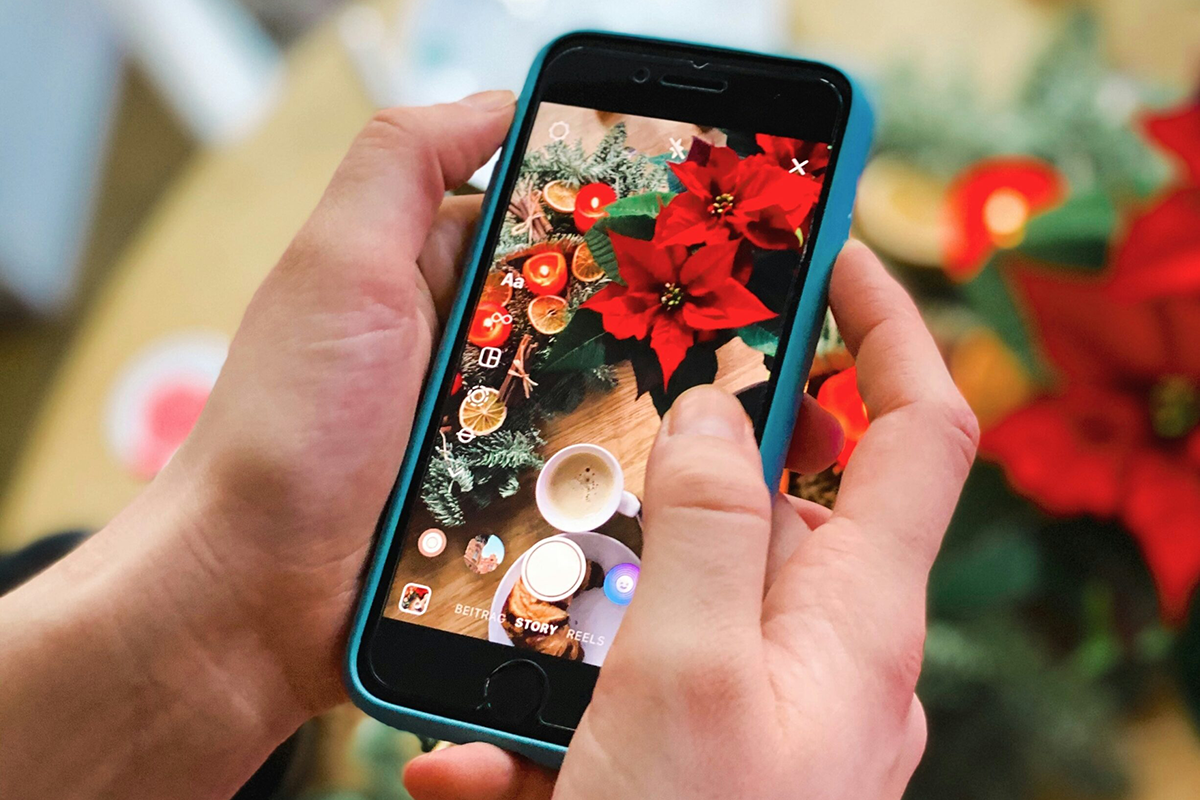The Power of Connection
It’s tempting to view social media as either all good or all bad. The truth is more complicated. Social media can deliver meaningful benefits, but only when used intentionally. Without boundaries, those same platforms can create stress, distraction, and even harm.
This post explores how you can enjoy the positive effects of social media while staying alert to the risks of overuse.
The Upsides – With Caution
1. Fostering Connection
Social media makes it easier than ever to stay connected, especially across distance. Research shows that online social support is linked to improved well-being and even physical health (Abel et al., 2021; Gilmour et al., 2020). But here’s the caution: if online interaction replaces in-person relationships, it can quickly tip from supportive to isolating.
2. Access to Information & Learning
Platforms are powerful tools for sharing information, news, and even academic resources (Chugh et al., 2018; Klar et al., 2020). Students and professionals alike benefit from the constant flow of content. Yet endless information can also fuel cognitive overload, leaving you drained rather than informed.
3. Self-Expression & Growth
For many, social media provides an outlet for identity, creativity, and advocacy. Posting content or joining communities can build self-esteem and foster a sense of purpose (Nguyen, 2022; Oberst et al., 2017). But constant comparison, or the chase for likes, can have the opposite effect by undermining confidence and fuelling stress.
4. Mental Health Potential Within Limits
Social media also offers access to digital health interventions and peer support (Ridout & Campbell, 2018; Naslund et al., 2020). Used with intention, these tools can complement well-being practices. But overuse flips the script: research shows excessive social media is linked to anxiety, poor sleep, and burnout (Feng et al., 2025).
Cultivating Mindful Digital Use
To truly benefit, the key is mindful digital use:
- Set Boundaries: Limit time spent online, and create screen-free zones. Even short breaks reduce stress (Turel et al., 2018).
- Curate Your Feed: Keep accounts that inspire, mute those that cause comparison or negativity.
- Check Your Why: Before opening an app, pause: What’s my purpose right now?
- Balance Offline: Don’t let digital interaction replace face-to-face connection.
- Pay Attention to Your Mood: If scrolling leaves you anxious or depleted, step away.
Social Media with Limits
The positive effects of social media are real but they exist only within boundaries. Without mindful engagement, the very platforms designed to connect us can quickly become sources of distraction, stress, and fatigue. By setting limits and curating your digital world with intention, you can keep the upsides and leave the downsides behind.
References
- Abel, S., Machin, T., & Brownlow, C. (2021). Social media and family relationships. New Media & Society, 23(3), 632–654.
- Chugh, R., & Ruhi, U. (2018). Social media in higher education. Education and Information Technologies, 23(2).
- Feng, T., He, S., Wen, Z., & Gao, Y. (2025). Social media addiction and mental health. Heliyon, 11(2).
- Gilmour, J., Machin, T., Brownlow, C., & Jeffries, C. (2020). Facebook-based social support. Psychology of Popular Media, 9(3), 328–346.
- Naslund, J., Bondre, A., Torous, J., & Aschbrenner, K. (2020). Social media and mental health. Journal of Technology in Behavioral Science, 5(3).
- Nguyen, V. T. (2022). Social media use and detox perceptions. Education and Information Technologies, 27(7).
- Oberst, U., Wegmann, E., Stodt, B., Brand, M., & Montag, C. (2017). Compulsive Facebook use. Computers in Human Behavior, 77, 337–344.
- Ridout, B., & Campbell, A. (2018). Social media in mental health interventions. Journal of Medical Internet Research, 20(12).
- Turel, O., Cavagnaro, D. R., & Meshi, D. (2018). Short abstinence and stress reduction. Psychiatry Research, 270, 947–953.




